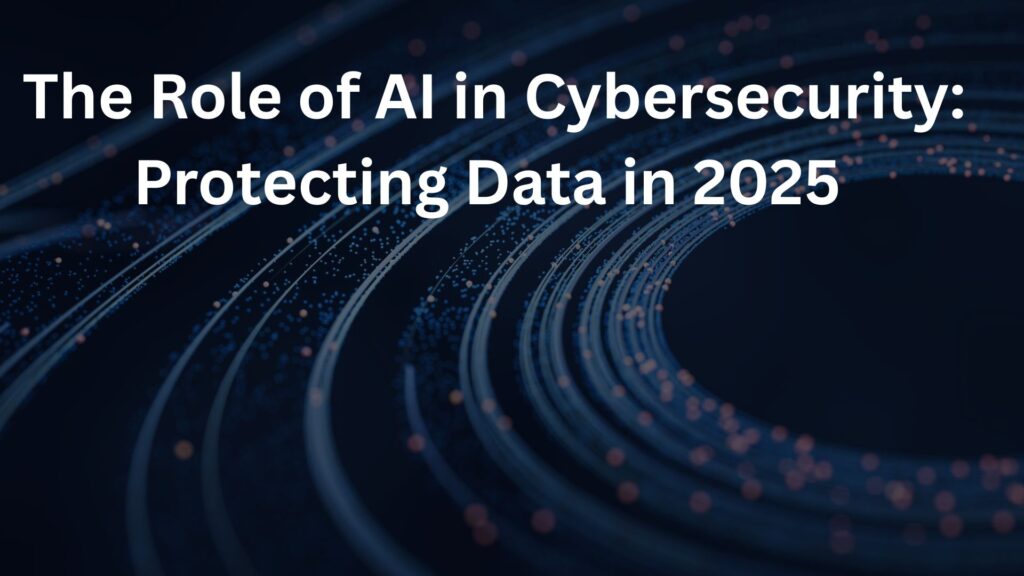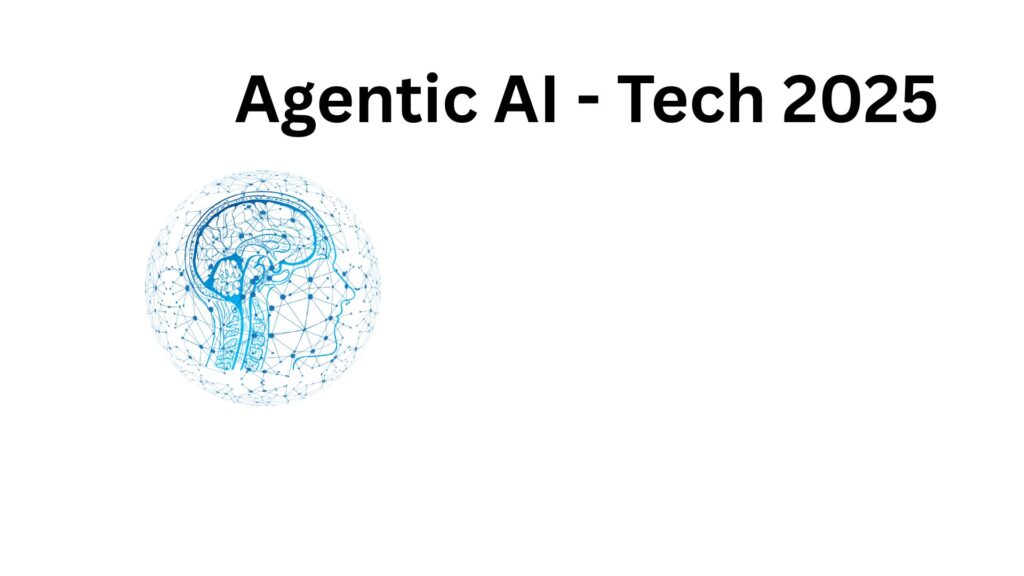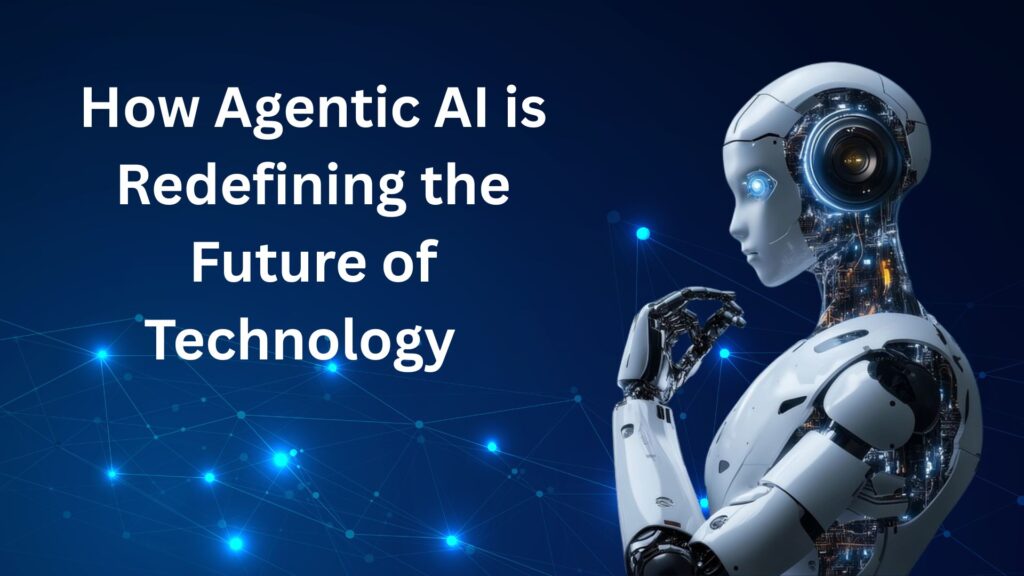In my view, technology is not just about new inventions — it’s about how digital tools make everyday life simpler and more connected.
Introduction
In today’s digital age, cybersecurity is now one of the biggest challenges for businesses, governments, and individuals.As cyber threats get more advanced ,the demand for stronger defenses is higher than ever . AI is becoming an essential part of cybersecurity, helping organizations detect, prevent, and respond to attacks more effectively. This article explores the role of AI in cybersecurity and how it is shaping data protection in 2025.
Why Cybersecurity Needs AI in 2025
Traditional security systems struggle to handle the speed and complexity of today’s cyberattacksT. Hackers now use automated tools, phishing campaigns, and ransomware that evolve constantly.AI helps in several important ways, such as :
- It can process massive amounts of data in real time.
- AI identifies unusual behavior quickly, reducing detection time.
- Machine learning helps systems adapt to new and unknown threats.
Key Roles of AI in Cybersecurity
1. Threat Detection and Prevention
Smart systems analyze network traffic and user activity to catch unusual patterns. By recognizing unusual patterns, these systems can block threats before they cause damage.
2. Automating Incident Response
In the past, responding to cyberattacks required long hours of manual investigation. In 2025, AI helps automate this process, allowing faster containment and minimizing data loss.
3. Predicting Future Attacks
Machine learning models can forecast potential attack vectors by studying past incidents. This proactive approach gives organizations a better chance of staying ahead of cybercriminals.
4. Securing Personal and Financial Data
AI tools help monitor and protect sensitive information such as banking records, healthcare data, and confidential business files. This is crucial in 2025 as digital transactions continue to grow.
Opportunities of AI in Cybersecurity
- Efficiency: Efficiency: AI reduces mistakes by managing repetitive tasks.
- Speed: Speed: Can detect breaches within seconds rather than hours or days.
- Scalability: Can protect large organizations with massive data flows.
Risks and Challenges
While AI offers huge advantages, it also brings certain risks:
- Bias in systems may trigger false alarms or miss some threats.
- Implementation can be expensive for smaller businesses.
- Cybercriminals are also beginning to use AI to design more advanced malware.
AI Detecting Cyber Threats in Real-Time
Cybersecurity threats are evolving quickly, and traditional methods are no longer enough. AI systems can monitor millions of activities in real-time and quickly spot unusual behavior , such as a hacker trying to log into multiple accounts. This quick response helps stop attacks before they cause damage. By combining AI with human expertise, organizations can build stronger protection for sensitive data.
Final Thoughts
In 2025, AI is reshaping cybersecurity by making defenses stronger, faster, and smarter. While challenges remain, the balance clearly shows that AI is now an essential partner in protecting data from modern threats. . Organizations that invest in AI-driven security systems today will be better prepared for the cyber challenges of tomorrow.
If you enjoyed this article, you may also like my previous post: [ https://techhorizonpro.com/ai-vs-machine-learning-whats-the-real-difference-in-2025/ ]
Written by Muhammad Zeeshan, a tech enthusiast who enjoys exploring how innovation, AI, and digital tools are shaping modern life.
If you found this article useful, feel free to check out my latest post for more insights on emerging tech trends.




Pingback: Best Smartphones of 2025: Features, Specs, and Price Guide